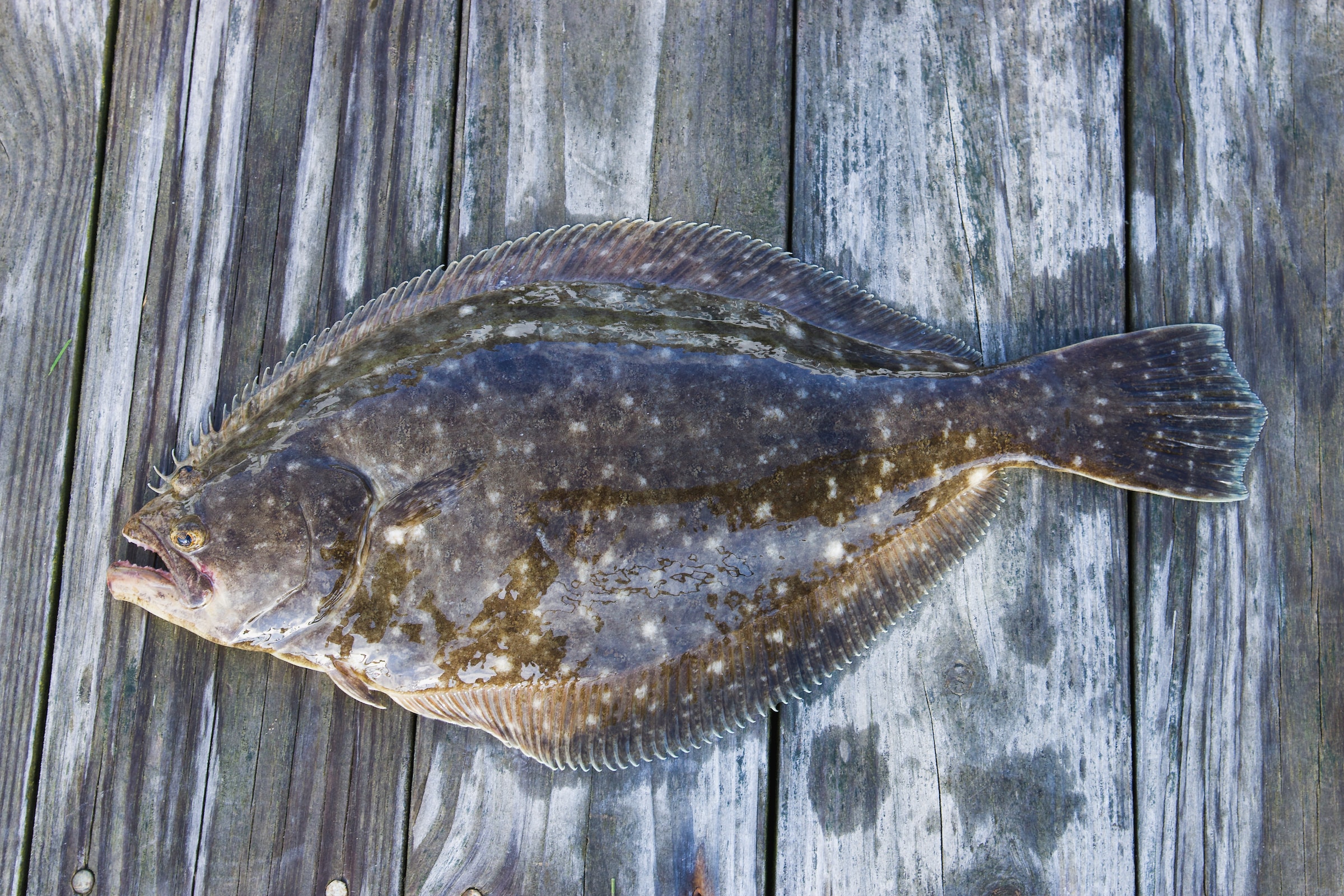Ready for a Pop Quiz on Southern Flounder?

The latest science from North Carolina researchers is required reading.
In the spirit of this year’s recreational southern flounder season in North Carolina, we thought now would be a good time to highlight recently completed and ongoing research on this important species.
Below is a collection of some of our favorite southern flounder posts from Hook, Line and Science.
We expect to profile more southern flounder research as it becomes available, too. When we know about, you’ll know about it!
1. How Is Overfishing Affecting Southern Flounder?
Acoustic tracking and conventional tagging provide crucial information to plan for the sustainability of the species.
Interesting findings:
Natural mortality of southern flounder is a significant contributor to the overall mortality rate for the species. In addition, about 99% of southern flounder in the study left estuarine waters for the Atlantic Ocean between October and December.
2. Where Do Southern Flounder Go in the Winter?
Their migration patterns might be more mysterious than we thought.
Interesting finding:
Offshore movements of southern flounder were not as extensive as the researchers expected, with many fish still using nearshore habitats during the winter. Researchers plan additional tagging this year and next.
3. Do Warmer Waters Cause Flounder to Become Male?
New research shows that higher temperatures can “masculinize” southern flounder populations.
Interesting findings:
Northern North Carolina habitats produced the greatest number of female flounder and the closest to a 1-to-1 male-to-female sex ratio. In contrast, southern North Carolina habitats produced significantly skewed sex ratios, over all sampling years, with up to 94% of the fish being male. The southern sampling region was also associated with the warmest water temperatures, on average 7.2°F warmer than in northern habitats
4. What Affects the Size of Juvenile Southern Flounder?
Differences in salinity and diet impact growth.
Interesting findings:
Southern flounder begin eating other fishes early in their life history, enabling some flounder to reach harvestable sizes by the end of their first year. In the laboratory, diet primarily drove differences in the growth of juvenile southern flounder. Over just 45 days, the flounder that consumed fish prey grew about 25% longer and 45% heavier per day than flounder that ate grass shrimp.
Summary compiled by Scott Baker
The text from Hook, Line & Science is available to reprint and republish, but only in its entirety and with this attribution: Hook, Line & Science, courtesy of Scott Baker and Sara Mirabilio, North Carolina Sea Grant. HookLineScience.com
- Categories:



